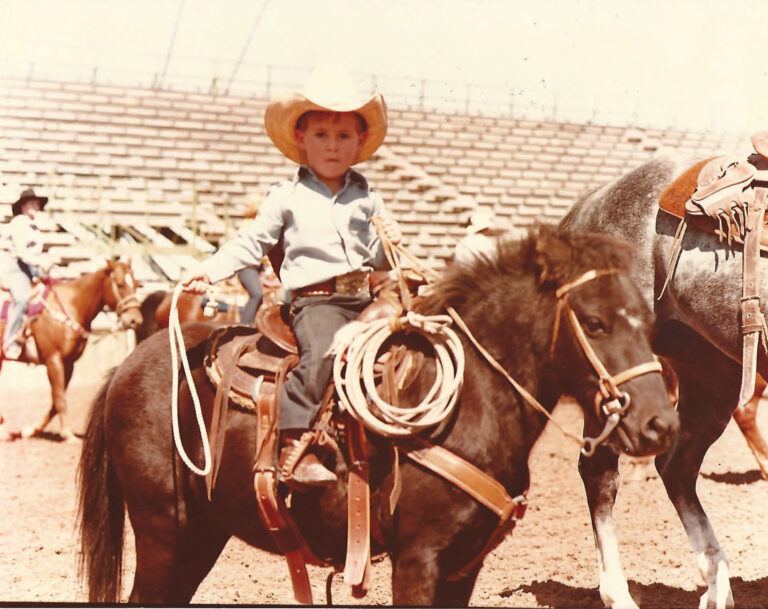Just when I think there is no aspect of roping I haven’t already thought about, I think of another one. The small details that add up to make a difference are truly endless. I don’t think I’ve ever really talked to anybody about the fact that we’re not taught how to use our eyes to help us be successful when we rope. What I’ve come to realize is that if we can see the big picture of every run and also all the details, we can gather helpful real-time information as the run unfolds that we can use to our advantage.
When the gate latch trips and the steer starts to move, he’s feeding you information. He’s telling you how fast he’s going to run, and whether he’s going to go left, right or straight.
READ: Riding is as Important as Roping at the Highest Level
The header has more things on his to-do list to set up the run. The heeler is the team’s closer. It’s our job to react to what’s happening in the run, and be at the right place at the right time. We need to develop our sense of sight and how we use it, so we can get there.
A lot of heelers key in on the steer. But how that head rope goes on—whether it’s around the horns, neck or half head, how fast things are moving and your header’s position when he ropes him are helpful factors to see and take in. If you only focus on reading the steer, you lose track of what he’s going to do, because what your header and his horse do is also going to impact what that steer is going to do.
The multitasking part of heeling includes seeing where a steer’s strides are going to be coming through the turn and leaving the turn. This is helpful intel about where he’s going to jump next. By using your vision, and processing what it tells you, you can determine what’s about to happen. And viewing the run like that lets you get a couple steps ahead of the steer, and not behind in your reactions.
READ: The Art of Timing Steers
Developing the ability to see three jumps ahead to where a steer’s about to go gives you an advantage. If you’re at a rodeo and see your header reach and his horse drop out of the corner of your eye, you know things are about to get a little wild and can be ready for that.
I sometimes see ropers’ eyes bouncing all around. You’ve got to be able to lock your eyes on a target, but you can’t have tunnel vision on that target. I want my eyes on that right flank area. But from there, I can also see the position of the head horse, how the loop’s going on, if that head rope is tight or loose, and other tidbits of information that help me read the play.
You have to see the timing the same way, whether that steer’s out in front of you or your horse has him partly covered up. Your eyes feed you the information to see your shot and take it, and let you know where you need to throw your loop. Getting my rope on the ground is a big part of my catch, and I peripherally see where I want to place my rope.
READ: If You Can See It, You Can Do It
Keeping your eyes on the run is so important, all the way to the end of every run. After you do your job, you need to see your partner face and also make sure you’ve gotten a flag before you undally. To do all that, you have to stay engaged with your eyes.
Repetition and a lot of practice runs helps you learn to see all these things as much as anything. And nowadays, another way we can benefit by using our eyes is by using this great asset called a cell phone. We can watch the video of every run two seconds after we make it, slow it down and watch it as many times as we want.
At the end of the day, when all your hard work comes together and you blast one for money, you can look over at your partner, give him a little nod and say, “Great job, man.” That’s the reward and happy ending after learning to see every step of every run as it plays out. TRJ











